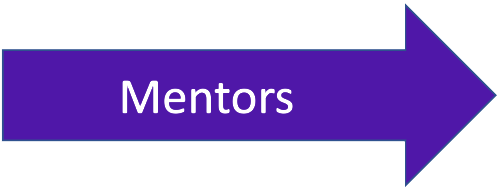Written by: Tana Glassford-Samuel, MBA, PMP
Executives and delivery teams often speak different languages. In our Agile Forum, Quincy D. Jordan showed how to bridge that disconnect with outcome-based data, governance shifts, and conversations that move agility from buzzword to business value.
Presentation Overview 
We had the privilege of hearing from Quincy D. Jordan, Managing Partner at MarQuiPlus, who walked us through the challenges many organizations face when delivery teams and executive leadership aren’t fully aligned. He shared real-world experiences, sparked interactive discussions, and highlighted how traditional decision-making models can unintentionally hold back true agility at the enterprise level. This conversation was meant to empower attendees to enhance teamwork and alignment, which is critical for driving shared purpose and accountability in the diverse industries we serve.
What stood out most were the practical takeaways we could apply right away. Quincy talked about using outcome-based data to show business impact, suggesting governance changes that make a real difference, and starting meaningful discussions with leaders who are accessible and open to influence. He left us with a powerful reminder: Agile is not the destination—business value is. The session gave us tools and perspective to better connect strategy with execution and move agility beyond buzzwords into lasting results.
Executive Challenges:
- Legacy Mindsets: Command-and-control habits, slow adaptation to Agile principles.
- Predictability Pressures: Executives, especially in public companies, face demands for precise forecasts.
- Agile as ‘IT Tool’: Agile often seen as limited to IT, not as a holistic business approach.
- Training Gaps: Leadership often lacks Agile vocabulary and context, especially in bottom-up transformations.
- Incentive Misalignment: Performance appraisals and incentives may not support Agile values.
Takeaways
The aim is business value and agility, not Agile for its own sake.
- Share Outcome-Based Data: Communicate results in terms of business impact.
- Recommend Governance Changes: Propose actionable improvements in leadership or processes.
- Start Agility Conversations: Engage accessible leaders to advocate for strategic agility.
Next Event
Join us at the next PMI Atlanta Agile forum on Tuesday, September 16, 2025
Keynote Presentation: "Beyond Methodologies: Building Flexibility into How We Work” by Andre Whittick
Register at www.pmiatlanta.org/events/event-calendar














